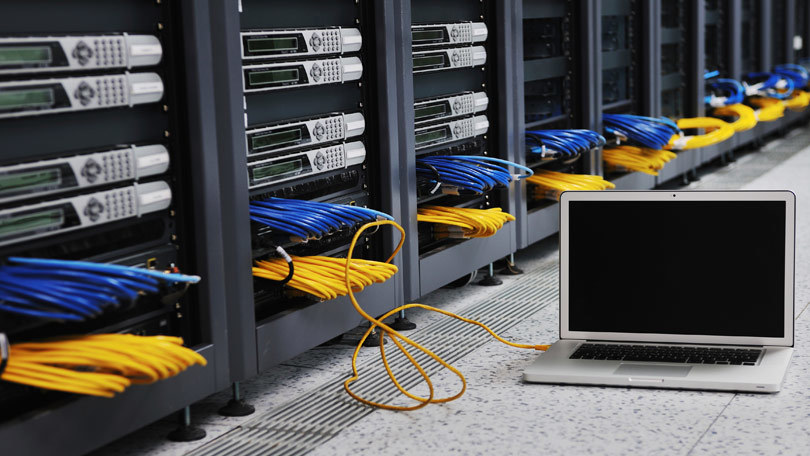Thanks to the protection offered by RAID systems, many companies implement them to give security to the critical data they store, such as financial, commercial, payroll, among others. By having multiple disks forming a single system that works together, you can achieve more speed of work, greater tolerance to failures, optimal performance and security.
It is important that you are aware that a RAID system will not protect your information from logical, mechanical or malicious failures seeking to erase your data; its function is to make hard drives more tolerant to such failures. However, if a virus or malware attacks the system, it can encrypt or delete the data. Therefore, the main advice is to perform backups on a regular basis, which will make RAID recovery easier as well experts help best option, further more approach for raid 0 recovery click here.
RAID Recovery How to Save Data?
Faced with the potential loss of data, companies can paralyze their operations by not having information to work with. If this is your case, do not give up everything for lost and contact a specialist like Salvagedata to recover your information.
RAID recovery is highly dependent on the level or type of system configuration; you will probably find guides on the internet to repair the system and recover your information with the download of software, but we recommend that you do not do it and, instead of trying to do it yourself, contact us since if more than a third of the disks The hard drives are damaged, the system will not be able to rebuild.
Usually, RAID 4 and 5 can be rebuilt if there is a single faulty disk, just change it and the system rebuilds the missing information; but, if two or more disks fail, the system will be damaged more, and the moment may come when it is not really possible to rescue the information they contain.
How to Recover RAID? Types of System Failures
Now that you understand the functionalities of RAID systems, it is important to know that they are at risk of failure, and if this happens, your stored information could be inaccessible. Although they are designed with the goal of protecting information, they are subject to system-wide failure especially if drives are simultaneously experiencing problems.
The Most Common Failures are:
- Logical failures. The loss of parity bands is a logical failure, which the system cannot solve by itself and requires RAID recovery by an expert to rebuild the bands, recover data and access the information again.
- Physical failures. Since the RAID system is made up of hard drives, it is exposed to the same physical damage as these: virus attacks, system corruption, formatting, power spikes, improperly installed drivers, overheating, faulty components, vibrations or shocks. And, just like a damaged hard drive, professional data recovery service should be sought; do not try to fix the faults yourself unless you have technical, mechanical, software and hardware knowledge, otherwise you could cause a bigger problem.
- Human errors. They are mainly due to not replacing a damaged hard drive in time, perhaps because it was not noticed or because, when it started working again, it played down its importance. It is important to change defective units, even if the damage is very small, since the risk of losing your information is very high. Other human errors are due to improperly shutdown equipment or failure to disconnect equipment in the event of a power outage, as a sudden return can cause a voltage surge that damages delicate equipment circuits.








